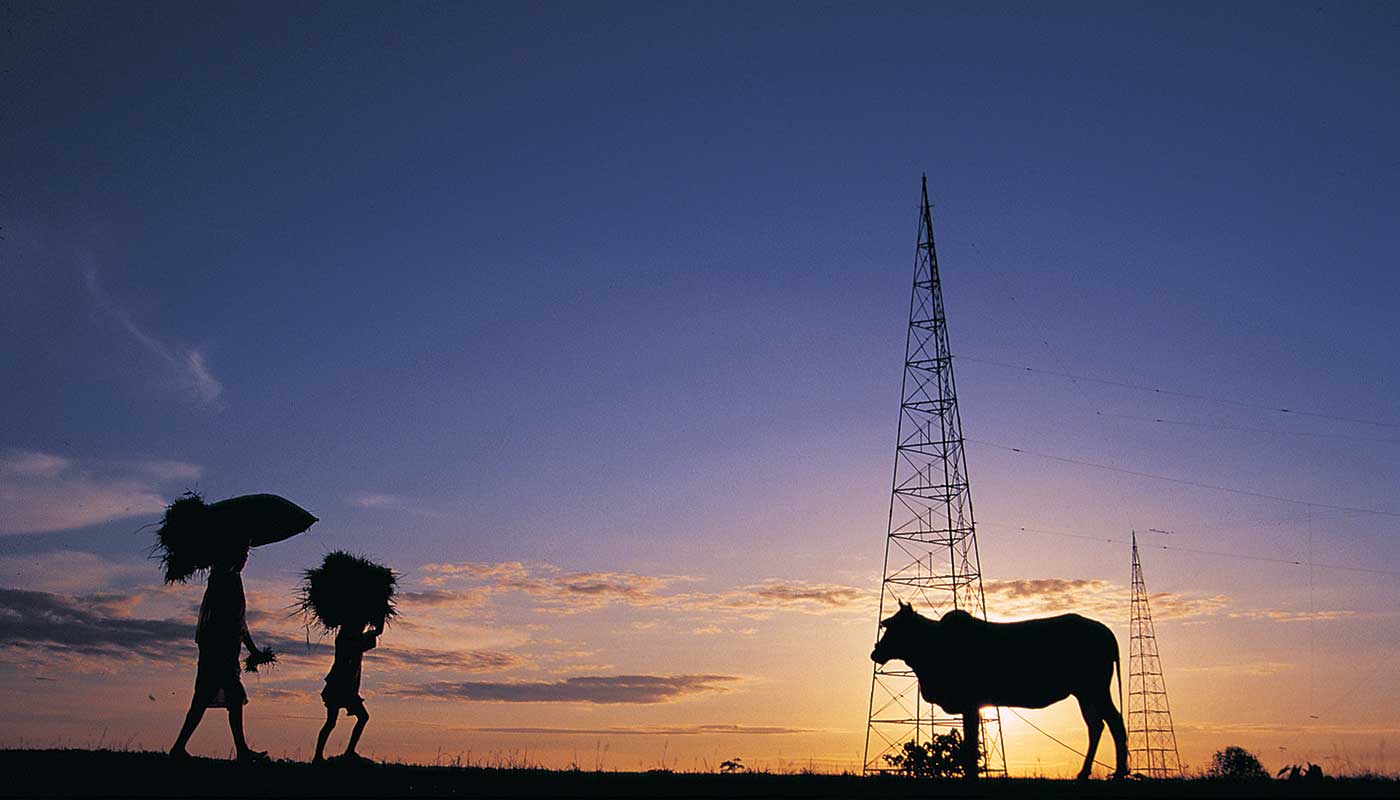
Agricultural products occupy a significant portion in overall export and import of Nepal. Share of these products - classified under Chapter 1-24 under customs classifications - in overall export and import accounted for Rs 25.28 billion (29 percent) and Rs 137.13 billion (17.5 percent) in 2014-15. According to the Trade and Export Promotion Center (TEPC), major agricultural products exported during that year were: tea, coffee and spices (Rs 6.66 billion), preparation of vegetables (Rs 4.8 billion), edible fruits and nuts ( Rs 2.83 billion), tobacco products ( Rs 2.05 billion), and residue of industries, oilcakes, pet food and bran (Rs 1.7 billion). Meanwhile, major import comprised of cereals (Rs 35.12 billion), animal and vegetable fats and oils (Rs 22.5 billion), edible vegetables ( Rs 15.94 billion), fruits and nuts (Rs 10.54 billion) and residue and waste from food industries, animal feed and fodder (Rs 10.03 billion).
Agricultural trade is also skewed to India due to natural gravity of proximity and existence of long porous border. Over the last decade, Nepal is losing ground in production of cereal crops and heavily dependent on imported products from India. The volume of informal trade is also quite significant. It is natural for people on both sides of the border to engage in petty trade as people cross the border along with small amounts of goods for trade which goes unrecorded. Custom authorities and border control agencies normally allow the transportation of goods carried on bicycle, rickshaw and head load in small scale. Stringent non-tariff regulations imposed by authorities for commercial goods also compels traders to take recourse in informal trade.
The huge gap between agricultural export and import for Nepal is mainly attributed to low levels of production and the poor acceptability of products on account of sanitary and phyto-sanitary requirements. Production is affected heavily due to lack of adequate incentives for people to engage in agri-businesses. Lack of agricultural labour, fragmentation of land, conversion of agricultural land for non-agricultural purposes, and insufficient incentives and support from the government is the vacillating factors of production. There has been less attention on commercialisation of agriculture despite that need for commercialisation discussed in strategic and periodic plans of the government.
Development of the agricultural sector is contingent on policy interventions and harmonisation of inter-sectoral policies like agricultural policy, land-use policy, transport, trade and industrial policy. The coordination and good working relationship between government, private businesses and producers is highly important in order to share and rationalise the benefits between these stakeholders of production and market value chain.
An effective and efficient supply chain supported by hassle free transit and transport arrangement remains a necessary precondition linking the production areas with the market. It requires not only good transport network but also the use of upgraded transport equipment like refrigerated trucks and vans, quick border crossing arrangements and the provision of cold warehouses as backup support in maintaining freshness of goods. Nepal-India treaty of trade has made provisions of speedy clearances of perishable items at the border through joint institutional mechanisms. Despite this, it has been seldom used to promote cross border trade of agricultural products.
Nepali agriculture faces several problems in export to big markets of China and India. Stringent quarantine and food safety regulations imposed by these countries and lack of coordination and cooperation in harmonisation of the standards and certification schemes has remained an intriguing problem for Nepali export. Existing bilateral treaties and arrangements largely focus on tariff reduction and elimination which is becoming irrelevant in the wake of decreasing tariff level of all countries around the world. яндекс
Increasing the production of agriculture and promotion of export requires cross sectoral effort from management of irrigation to provision of agricultural inputs, product enhancement, post-harvest operation and assurances of quality and standards. This requires careful implementation of trade facilitation measures and coordinated efforts between relevant government agencies, farmers groups and business entities.
Nepali agriculture sector faces multiple problems. First, agricultural development programmes have become victims of political instability. Ministries and departments are decoupled for creating additional portfolios for ministers without any institutional rationale and justification; second, there is no effective coordination between various ministries and entities, third, subsidy are ill targeted and in many cases pocketed by the cadres of political parties and not really reaching the farmers and fourth, the government owned and operated programmes have low result orientation.
Neighbouring provinces of Tibet in China and Bihar in India are growing at an unprecedented rate and their agricultural production is also fueling supply in Nepal. At least Nepal should maintain a complementing effort with these neighbouring states despite competition in similar products which may be a farcical choice due to economies of scale and high subsidies provided by their governments. Efforts should be made in developing value chain linkages in agro-processing that can create job opportunities to Nepali workforce within the country.
Agriculture is not only for export but also the source of livelihood and food and nutrition for local people. Rural-urban migration as well as foreign employment is affecting production and fueling import of food items. Reasons behind are related to lack of basic services in the villages like health, education, electricity, drinking water, roads and communication services and the lack of income opportunities. Basic social amenities should be provided to farmers if we wish them to remain in their communities. They should be supported to manage their natural resources like water and land, and improve their skills that in turn help to improve their life and living within their place without taking recourse to migration. Thus, a harmonious interaction between nature, natural resources and local inhabitants is considered a precondition of sustaining agricultural trade.
 Purushottam Ojha is a former Commerce Secretary. He is now Consultant at the World Bank.
Purushottam Ojha is a former Commerce Secretary. He is now Consultant at the World Bank.
 Purushottam Ojha is a former Commerce Secretary. He is now Consultant at the World Bank.
Purushottam Ojha is a former Commerce Secretary. He is now Consultant at the World Bank.
Published Date: August 25, 2016, 12:00 am
Post Comment
E-Magazine

